2018-12-12
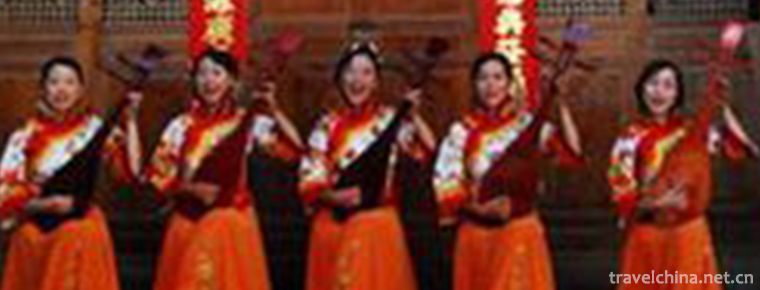
- By ChinaWiki.net
- Chinese Edition
- 2019-06-07
Nanping Opera
Nanping Opera is a folk art popular in the area of Jiuzhaigou County (former Nanping County) on the Northwest Plateau of Sichuan Province. It was once called "Nanping Pipa Playing and Singing" by the Han nationality (including minority Hui and Baima Tibetans). During the Yongzheng and Jiaqing years of the Qing Dynasty, immigrants from Shaanxi and Gansu became popular.
On June 7, 2008, the "Nanping Quzi" declared by Jiuzhaigou County, Sichuan Province, was approved by the State Council to be included in the second batch of national intangible cultural heritage lists. Heritage serial number: 587 II-88.
historical origin
"Nanping Opera"
"Nanping Opera" (also known as "Nanping Xiaodiao", "Pipa Playing and Singing"), the origin of Nanping Opera, according to historical records, during the Yongzheng and Jiaqing years of the Qing Dynasty, Shaanxi and Gansu immigrants moved in. During the nearly two hundred years of evolution and fusion, their special geographical location made the folk culture and ethnic culture of the South and the North blend with each other, forming Nanping Opera with local characteristics.
Popular in the Northwest Plateau of Sichuan Jiuzhaigou County, Han (including minority Hui) folk self-playing and self-singing rap art. It is a folk tune that people sing on festivals, especially in the Spring Festival. Jiuzhaigou is a traditional folk art in Jiuzhaigou County. It has a certain cultural level and circle from the point of view of social culture. It is the most characteristic group activity form of national folk culture in Northwest Sichuan. Nanping Opera is sung in the local dialect, and the pronunciation of the lyrics has its own characteristics. Language is simple, with the exception of a few fixed albums, most of them are oral literature spread among the people.
"Nanping Opera" is mainly a self-entertaining singing of the local people, especially in rural areas. It is an indispensable part of the local people's lives. After a day's farming and herding, the villagers gathered under the trees in front of the courtyard, or sat around the pool where they cooked in the evening, playing three-stringed pipa, tapping porcelain dishes and touching bowls and singing loudly. Especially on the wedding day, the villagers gathered together and sang one after another in a very warm atmosphere. As people say: Jiuzhaigou County is "the world of playing and singing, the sea of playing and singing".
Inheritance Significance
Before the issue of Pipa, in order to better protect and inherit Nanping Opera, Jiuzhaigou County began training music teachers in primary and secondary schools in July 2009, so that they could learn all kinds of Nanping Opera tunes Under the guidance of the inheritors. County Sports Bureau and Education Bureau jointly compiled music textbooks for local primary and secondary schools. The main contents of the textbooks involved the origin, characteristics, classification, singing content and skills of Nanping Opera. Some music-loving children like Gou Yuyuan learned to play first by stealing teachers from music teachers. "Jiuzhaigou County will invest 1.5 million yuan in the construction of a Nanping Music Institute." Funds and site selection for the project have been implemented. The seminar will be located in Yongfeng Township, Jiuzhaigou County, covering an area of about 3 mu. After its completion, the Institute will take on the role of education and training of Nanping Opera and play the role of living protection. On the other hand, it will play its protective role by collecting historical documents and music scores of Nanping Opera.
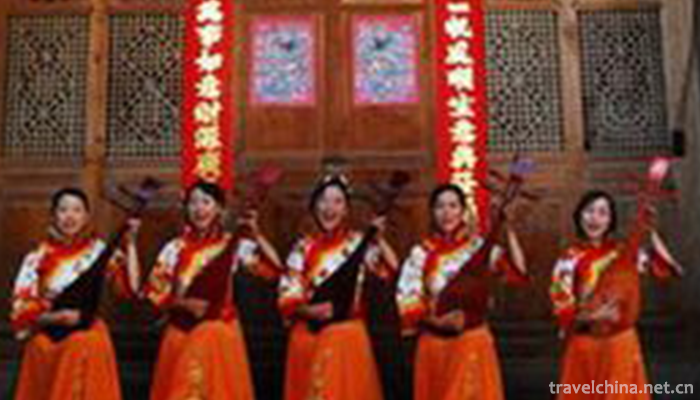
Ask a Question
Your email address will not be published.
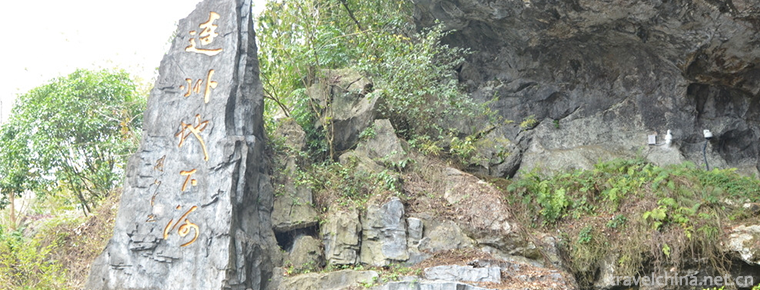
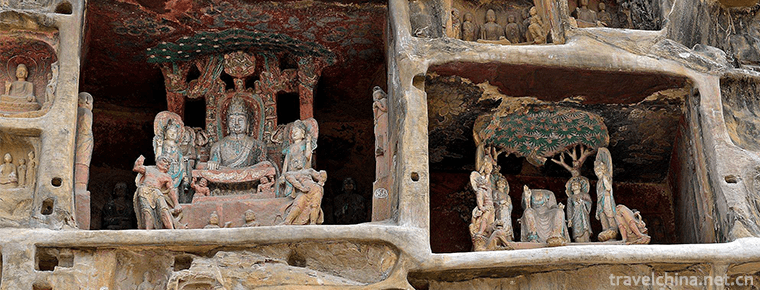
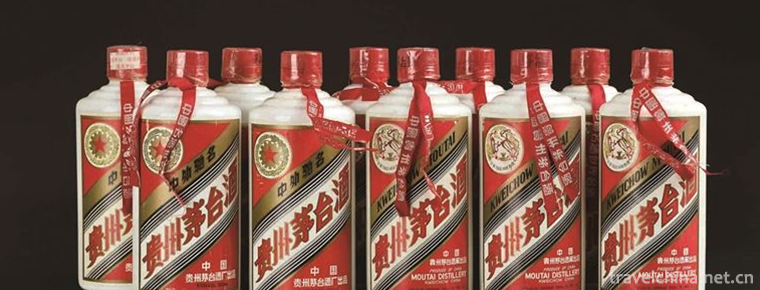
0 Questions